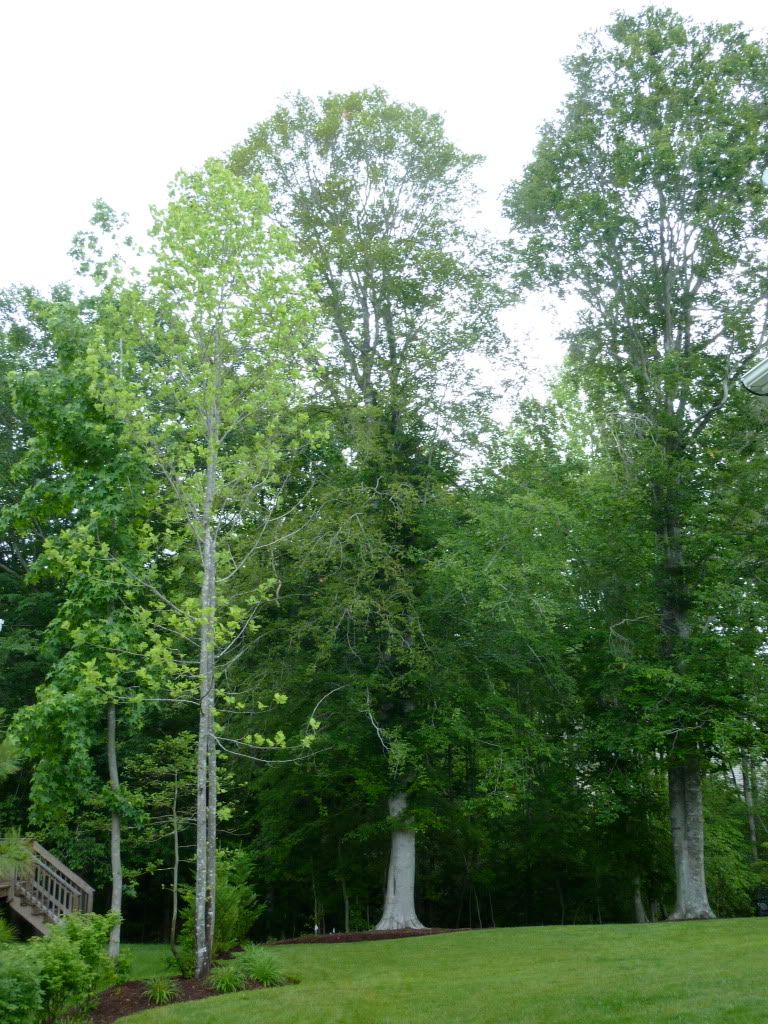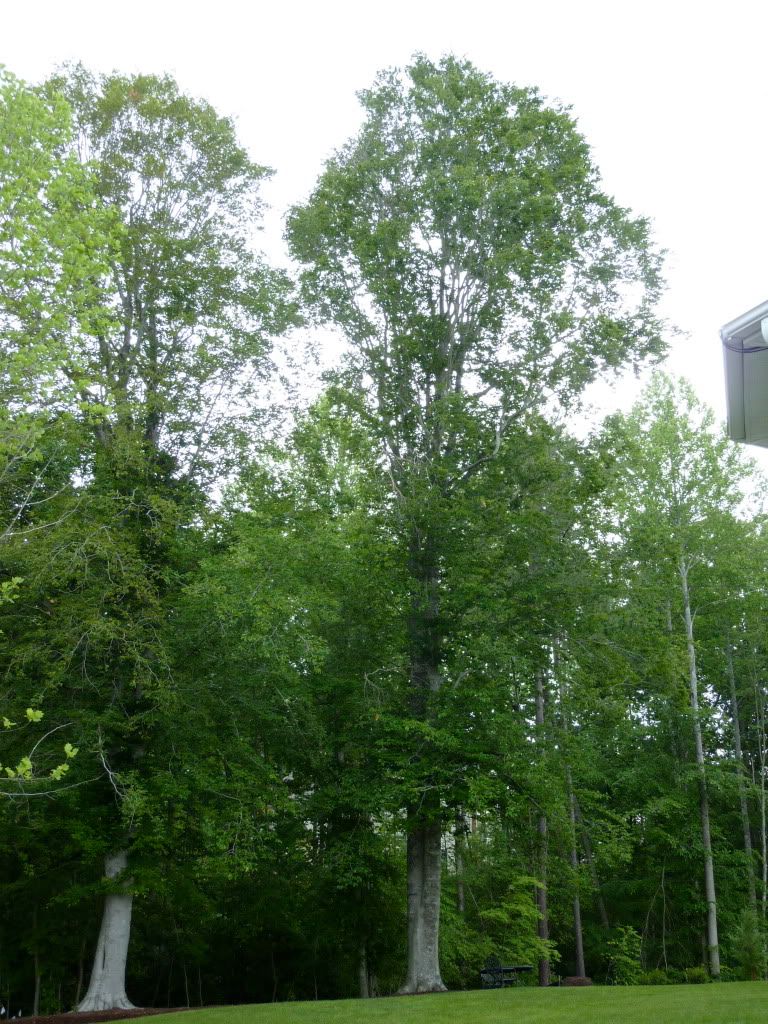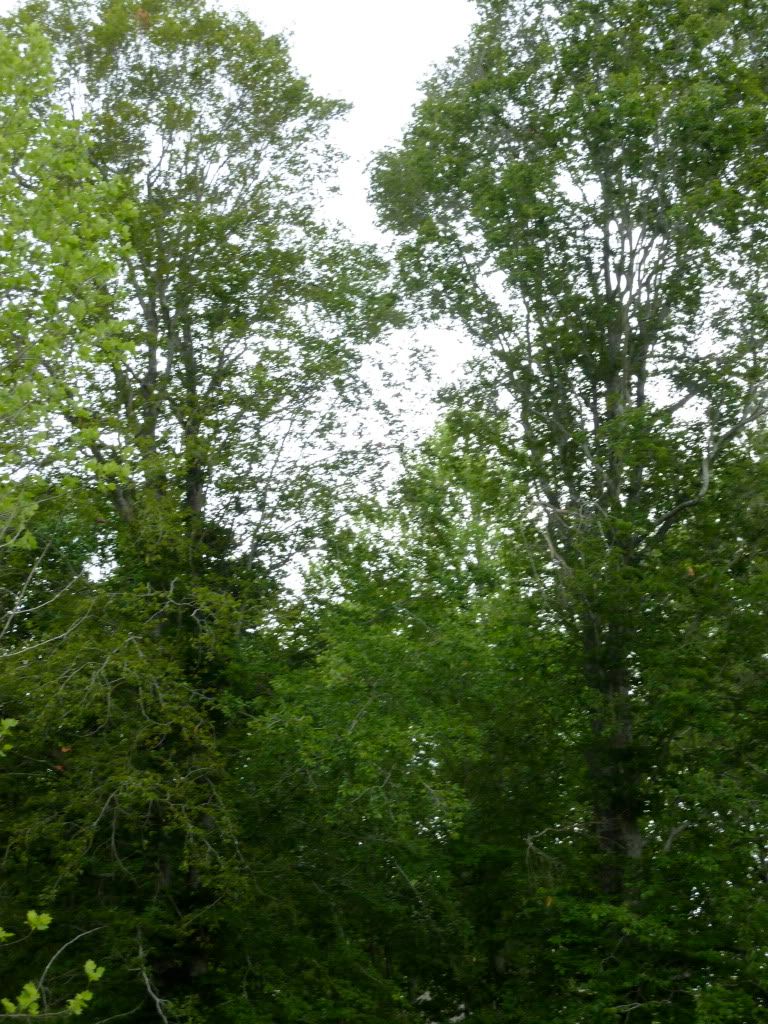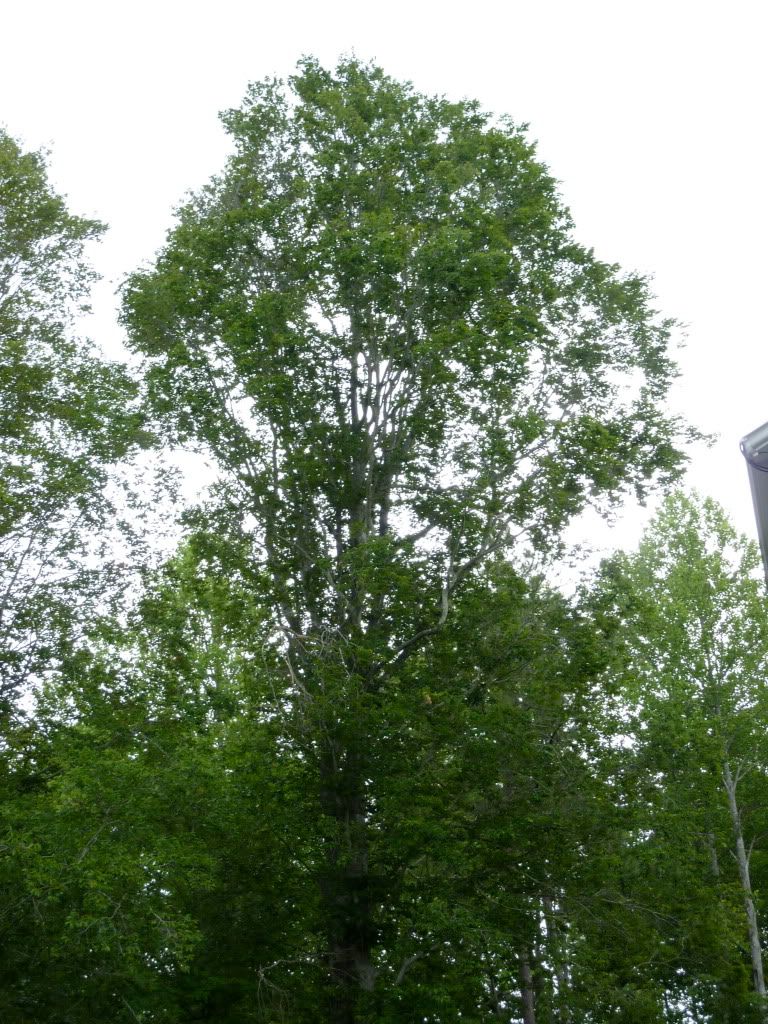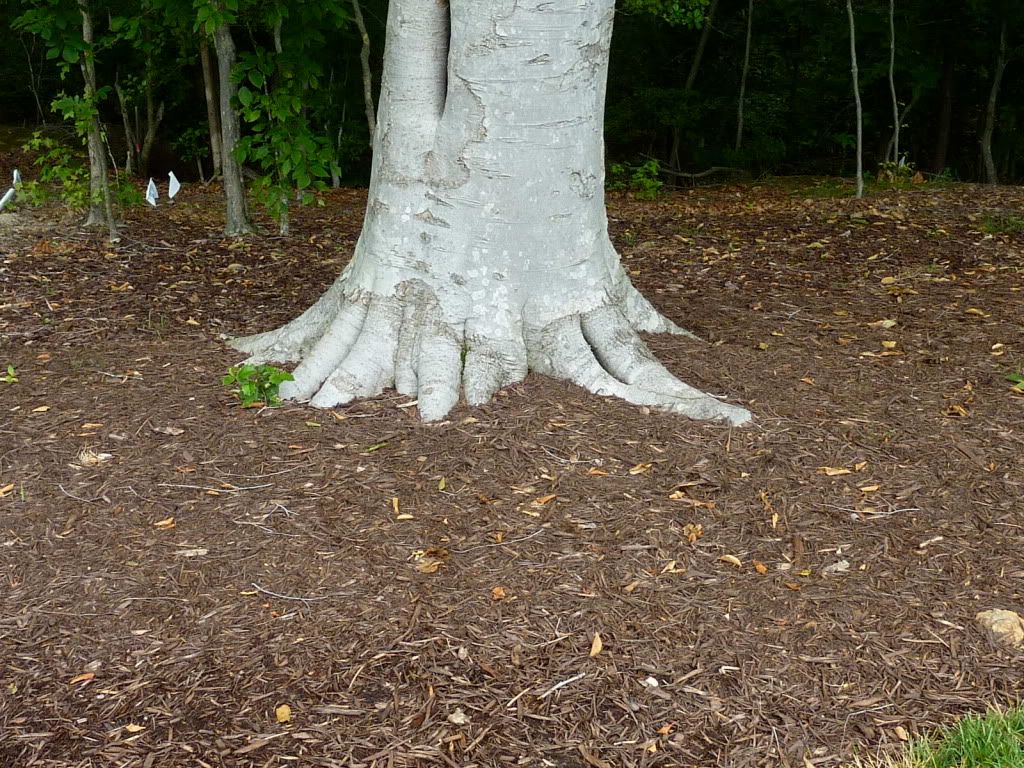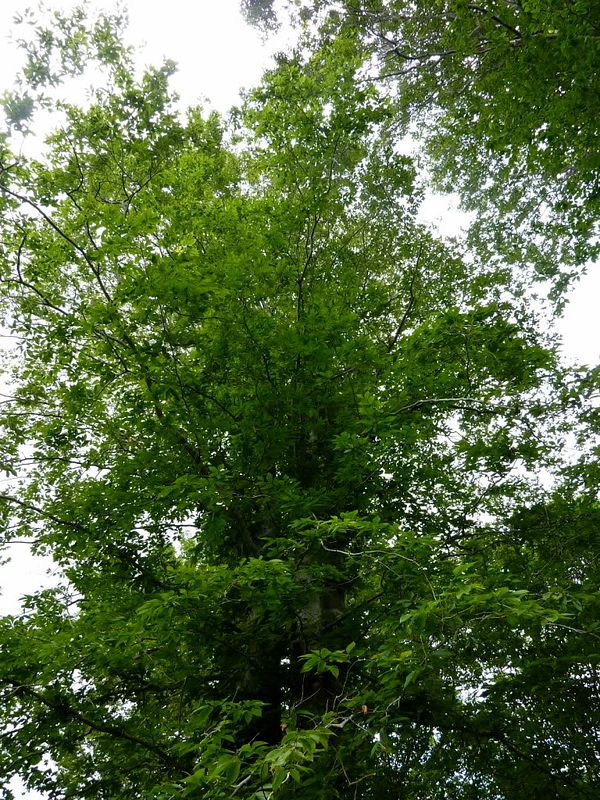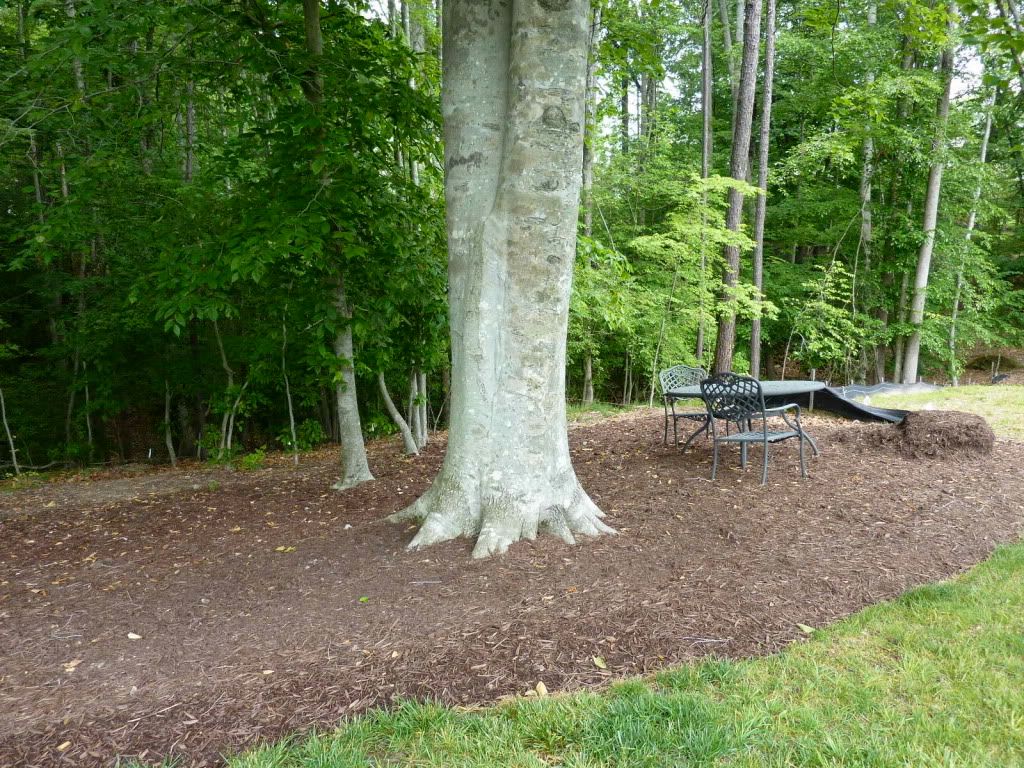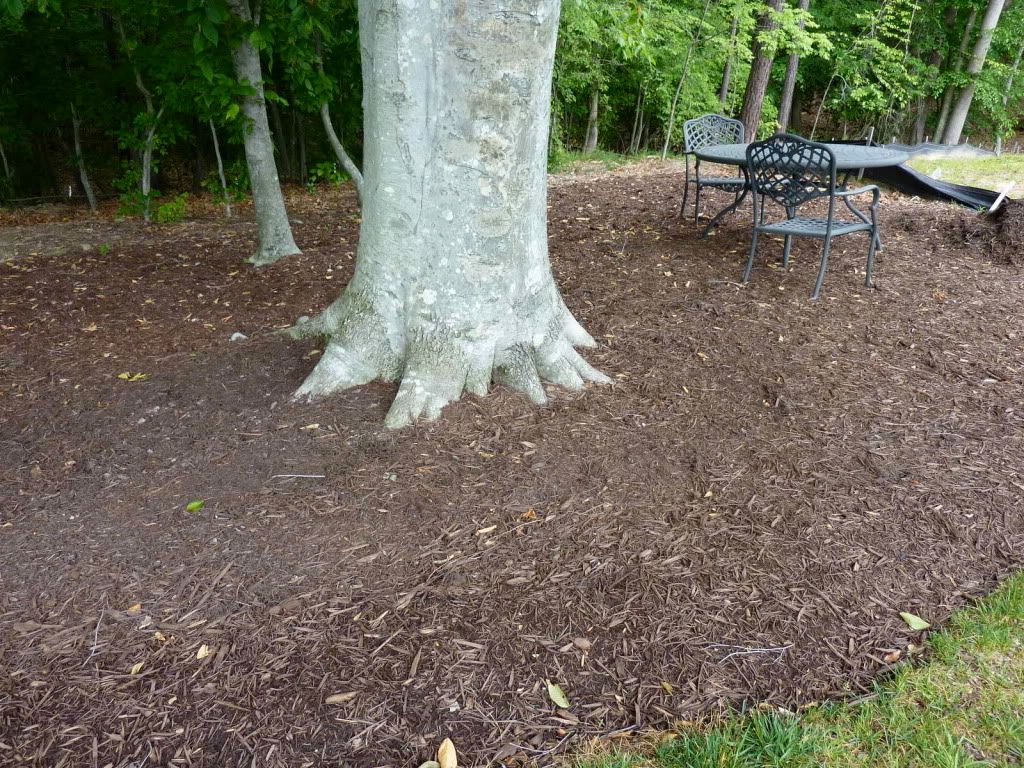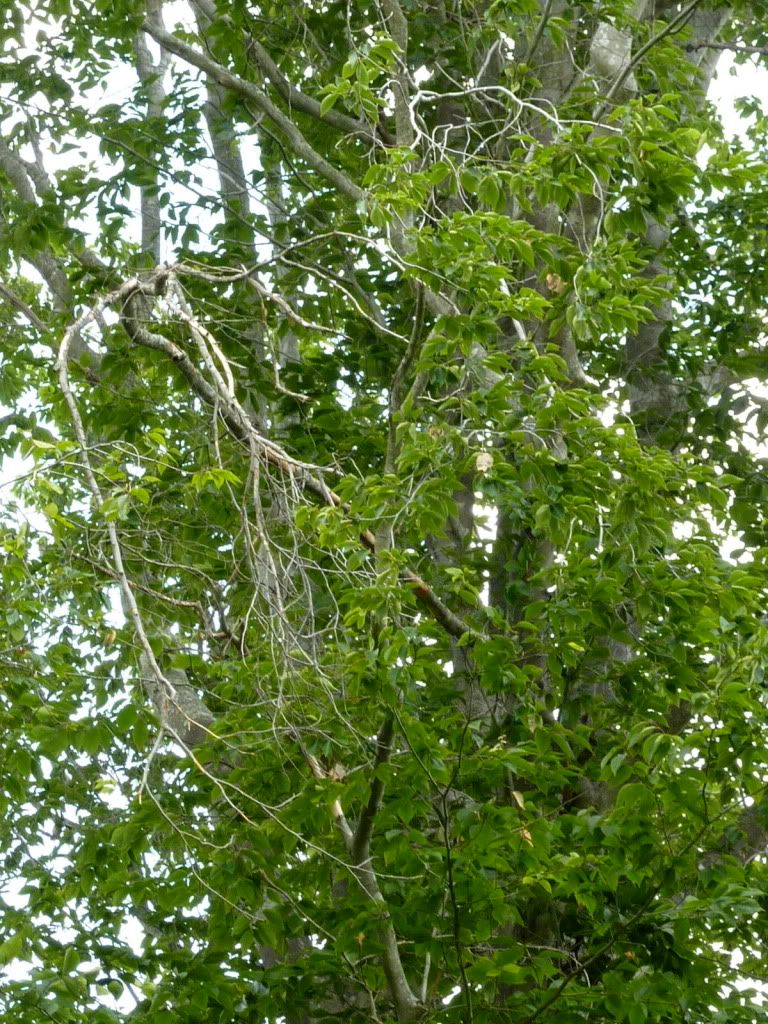1. Discontinue use of any herbicides
2. Extend the mulch bed an additional 5-10' into the turf area
3. Aerate the lawn directly under the tree's canopy to help loosen up the soil
He also recommended cabling both trees where they split for additional support and a fertilization regiment, which he's putting together now.
1-3 and addressing the structural issues are all fine recommendations.
I would not have recommended fertilization without foliar and/or soil testing. All the elements in the world are useless if the ph is off. A soil test will give you a base line potential hydrogen value to work with.
Prescription prior to diagnosis = malpractice.
I may be getting ahead of myself since it's pretty likely the hold up on the fertilizer portion of his assessment is because the gang at the BTRL are processing your soil sample.
They will get back to you and most likely recommend their product called
Boost. Since we are dealing with damaged roots I will go ahead and guess they will throw a bag of a billion mycorr spores into the slurry to be injected into the soil under your trees.
These big bag-O-macro fertilizers regimens can push top growth at the expense of root development making plants vulnerable to stressful environments. Frequent, high levels of these fertilizer can produce an unbalanced and often unsustainable shoot-to-root ratio. The P disrupts the alliance between the fine root hairs and Mycorrhizae. Mycorrhizae on the other hand, feed plants and stimulate root growth. Generally, mycorrhizae are only helpful to plants on soils that are extremely low in Phosphorous. If Bartlett dumps a big bag-o-NPK-macros into the soil then the tree roots may disassociate with the beneficial fungi. They hedge that bet with their own bag of fungi. But now the soil has plenty of P.
Don't get me wrong, Boost is a tremendous tool when properly used. This may not be the time for it.
Your trees suffer root damage. Why force the tree to produce top growth? Why force a stressed tree to grow at all? Seems to me, slowing things down and ensuring optimum cultural practices going forward is best.
Instead of fertilizer to force growth, I would instead,
slow the trees shoot development and increase fine root density into the newly aerated soil with a growth regulator such as paclobutrazol. Mulch is all the
fertilizer your trees will need.
Concerning seaweed extract:
"Overall assessment: “…treatments are ultimately dependent on multiple plant, soil, and environmental factors, and often have no discernible effects.”
“…there appears to be little value in applying these products.”
- Dr. Linda Chalker-Scott, Ph.D., Extension Horticulturist





